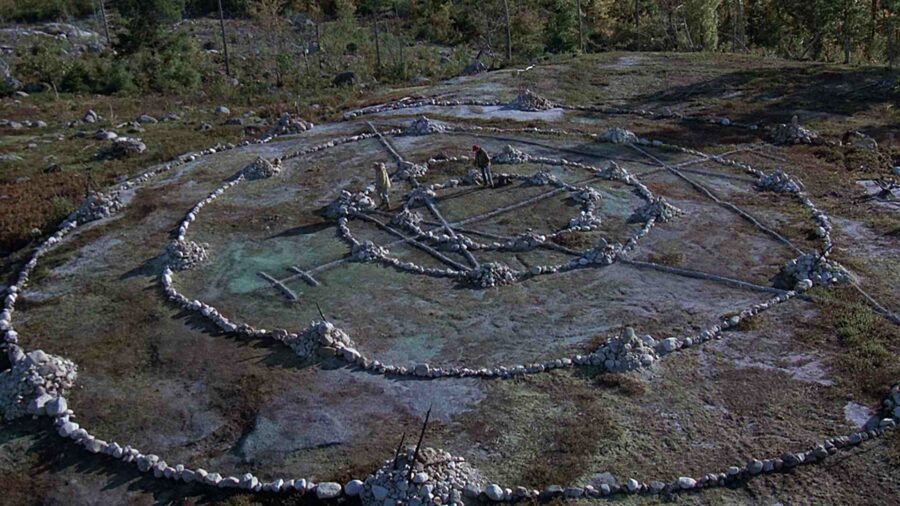Ancient Cemetery Baffles Researchers By Missing Bodies

As ScienceAlert reports, a groundbreaking study led by archeologist Aki Hakonen of the University of Oulu has renewed interest in the mysteries of an ancient cemetery in Tainiaro, Finland, near the Arctic Circle. The study challenges long-harbored assumptions about Stone Age societies in Northern Europe. The conspicuous lack of human remains at the Tainiaro site, initially unearthed in 1959 and revisited in the late 1980s, has baffled scientists for decades.
The intriguing area is one of Northern Europe’s most extensive Stone Age cemeteries. Harsh winters and utter remoteness characterize the Tainiaro site, representing a unique archeological puzzle. The area is rich in thousands of artifacts, possessing sandy soils tinged with ash and streaked red with ochre, all signs of both an ancient cemetery and the associated human remains.
But said remains—characteristic of a cemetery, whether in Finland or otherwise—have never been found.
This enormous anomaly has inspired researchers to wonder: what was the true nature of the activities in these dozens of shallow pits along the forested shores of the near-Artctic estuary?

The question might be conclusively and definitively answered, however, as Harkonen’s comprehensive analysis suggests, these pits were indeed graves. The team took a methodical approach: revisiting old records, excavating new areas, and painstakingly comparing the details of the pits with other confirmed Stone Age burial sites in the region. They found that the absence of skeletal remains in the cemetery in Finland is likely a result of the acidic nature of the area’s soil, which has been decomposing bones for several thousand years.
The site consists of shallow rectangular pits with rounded corners and dimensions nearly 1.5 to 2 meters long and half a meter deep.
So, no, the human remains probably did not rise from the ground as zombies in a (probably Viking-themed) horror movie. Nonetheless, the evidence leans heavily toward a burial ground hypothesis after all.
Thankfully for archeologists, the area has yielded a significant amount of stone artifacts, fragments of pottery, and burnt animal bones, all remarkably preserved given their age. However, the amount of ash and charcoal in most pits is less than typically encountered in Stone Age hearths. Similarly, the occasional streaks of red ochre imply ceremonial use (but not necessarily for burial plots).
If more pits are confirmed as graves, the finding would support evidence that Stone Age communities living near the Arctic were more widespread and perhaps more socially complex than previously believed.
The pits at the cemetery in Tainiaro, Finland, do possess a geometry closely aligned with those found in many Stone Age graves across Northern Europe. The site consists of shallow rectangular pits with rounded corners and dimensions nearly 1.5 to 2 meters long and half a meter deep. So far, the team has conclusively studied 44 out of an estimated 200 pits, about a fifth of the site; more discoveries are anticipated.
If more pits are confirmed as graves, the finding would support evidence that Stone Age communities living near the Arctic were more widespread and perhaps more socially complex than previously believed. The cemetery site in Finland strongly contrasts with other nearby grave sites, the latter containing far fewer burial pits (usually around 20).
To learn more, Hakonen’s tram intends to employ ground-penetrating radar, thoroughly analyzing soil samples and searching for traces of human DNA, fossilized hair, or animal remains. Without physically disturbing the site, these high-tech techniques should yield more insights about Stone Age burial practices.












